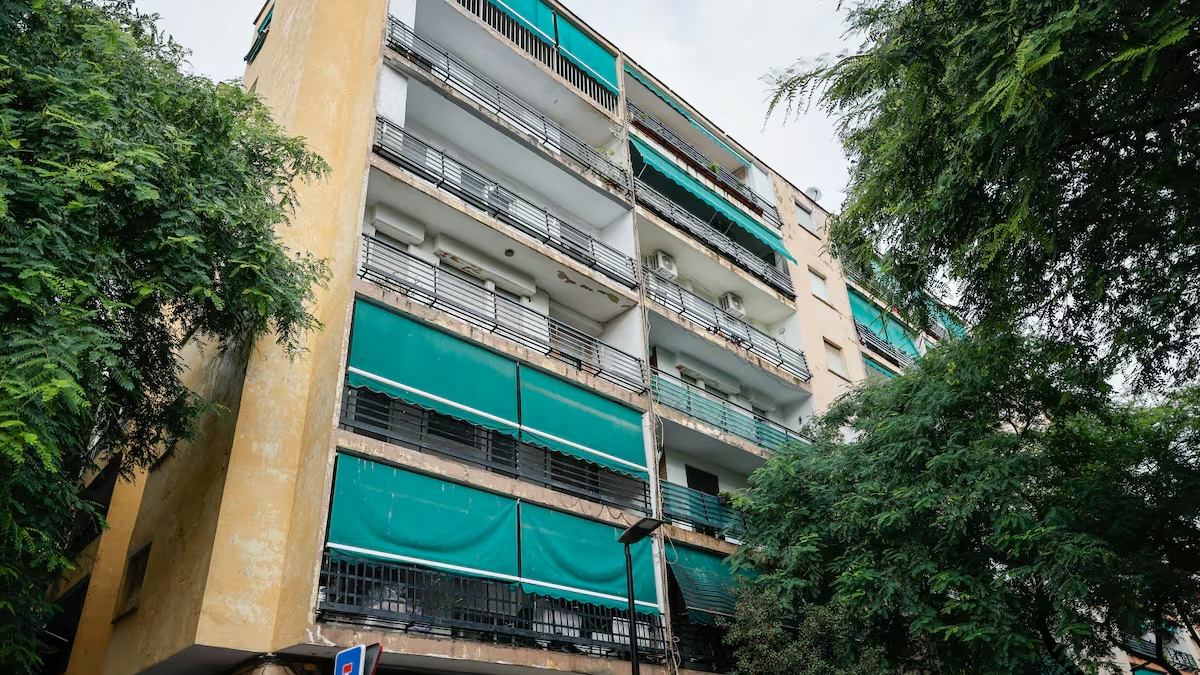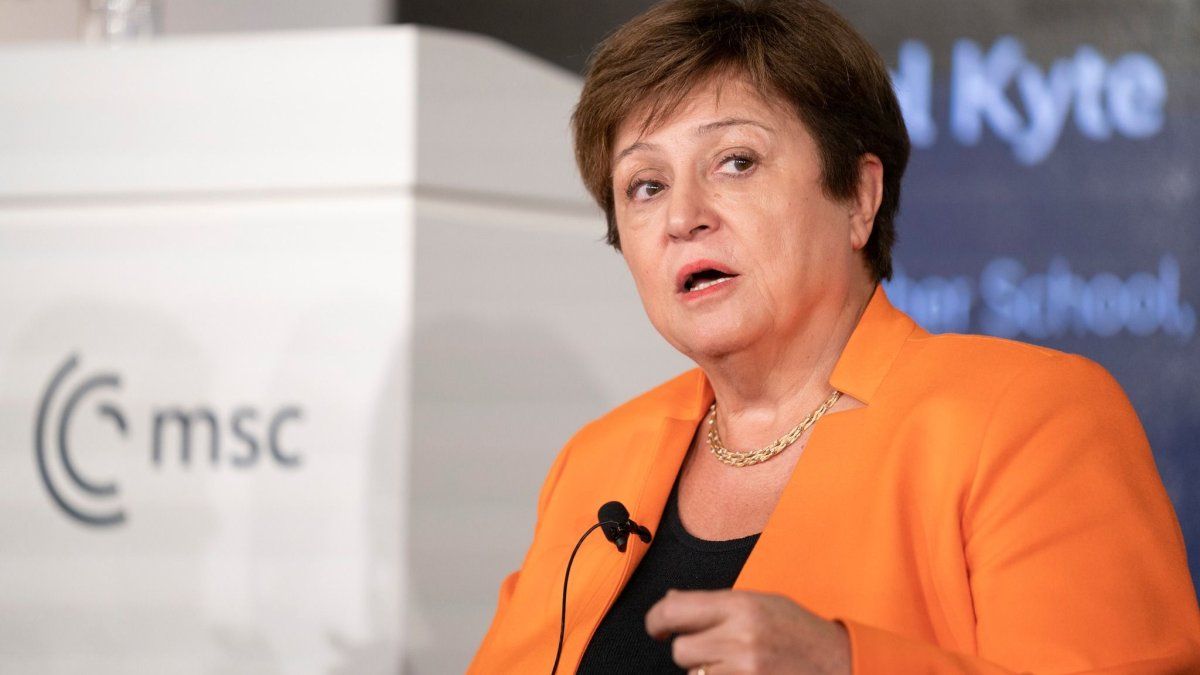A new whitewash has arrived and little by little we are beginning to see a greater volume. For the moment, Bopreales, Globales and Negotiable Obligations They are the top picks chosen from the CCERA accounts within a limited Argentine market. They are also beginning to appear new investment funds.
To give an initial overview, the assets eligible to avoid paying the fine and operate before September 30 (end of stage 1) cover a wide variety: negotiable obligations, sovereign and sub-sovereign bonds, assets in pesos, local shares and some investment funds.
In this sense, the assets that we see with the most operations from the CCERA accounts are some negotiable obligations and sovereign bonds, among which the BPY26 stands out. Let us remember that the BPY26 went from being worth 76 USD MEP to 83 USD MEP, added to the payment of interest of 1.5 USD MEP.
The rate compression in this case was quite large, and we still believe that there may be some room for further compression, in a context where the flow from CCERA accounts is growing.
The 3 possible alternatives for different risk profiles
Now, below we propose 3 possible alternatives for different risk profiles. For portfolios of low riskwe prefer to invest 80% in negotiable obligations such as, for example: YMCHO (YPF 2026 guaranteed, 6% IRR) or TLC1O (Telecom 2026, 7.5% IRR). The other 20% would be allocated to BPY26 (Bopreal series 3, 18% IRR).
It is worth noting that we prefer short-term bonds as we do not believe that stretching the duration would be attractive enough to do so.
In the case of a moderate portfoliowe reduce the percentage of negotiable obligations to 50% and add more BPY26 for the remaining 50%.
Finally, for more aggressive portfoliosWe prefer to divide it into thirds, where the first two would be allocated to negotiable obligations and BPY26, while we leave the last third for GD35, since it is the sovereign bond with the lowest parity and the one we see as having the greatest upside potential in a scenario of a strong decline in country risk.
Finally, The first stage ends on September 30th and then cash can no longer be laundered and the rate for any surplus of USD 100,000 rises to 10%.
What we see from the inside is that the flow of queries about money laundering processes and technicalities is growing and it would not be surprising if fixed-income assets continued to grow despite the effective increases already mentioned.
Financial Advisor at Cocos.
Source: Ambito
I am an author and journalist who has worked in the entertainment industry for over a decade. I currently work as a news editor at a major news website, and my focus is on covering the latest trends in entertainment. I also write occasional pieces for other outlets, and have authored two books about the entertainment industry.




